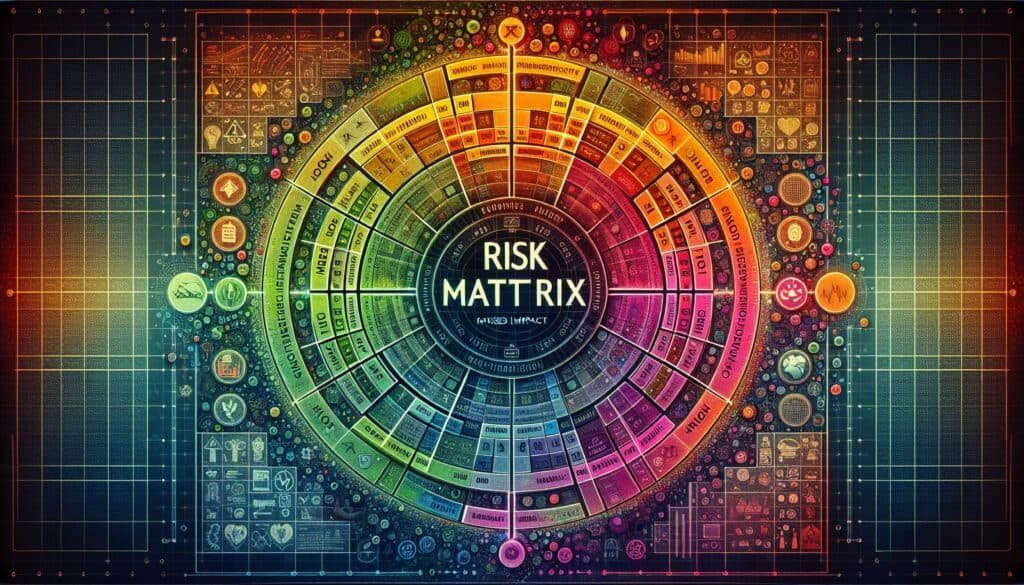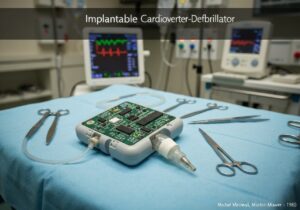一种可视化工具,用于根据风险发生的可能性(或概率)及其潜在后果的严重性对风险进行评估和排序。
- 方法: 工程, 解决问题, 质量
风险矩阵

风险矩阵
- 持续改进, 流程改进, 项目管理, 质量保证, 质量控制, 质量管理, 风险分析, 风险管理
目标
如何使用
- 一个网格,一条轴代表风险发生的可能性(如低、中、高),另一条轴代表其影响的严重性(如轻微、中等、重大、灾难性)。风险被绘制在矩阵上,不同的区域(如绿色、黄色、红色)表示风险等级和行动优先级。
优点
- 以简单直观的方式对风险进行可视化和比较;促进有关风险等级和优先事项的交流;帮助决定哪些风险需要紧急关注和缓解。
缺点
- 可能具有主观性,因为可能性和严重性评估通常依赖于专家判断或定性尺度;可能会过度简化复杂的风险;本质上并不建议采取具体的缓解行动;不同的利益相关者可能会对风险做出不同的评估。
类别
- 制造业, 产品设计, 项目管理, 质量, 风险管理
最适合:
- 快速评估多种风险并确定优先次序,以确定哪些风险需要立即关注并分配资源加以缓解。
风险矩阵方法广泛应用于建筑、医疗保健、金融服务和产品开发等各行各业,在这些行业中,识别和管理潜在的危险是项目成功的当务之急。该工具在项目风险评估阶段尤为有用,可让团队根据风险的可能性和影响对风险进行可视化分析,从而为资源分配和风险缓解策略的相关战略决策提供信息。这一过程的典型参与者包括项目经理、工程师、安全员和利益相关者,他们根据绘制的矩阵对风险进行集体评估和优先排序。例如,在软件开发中,风险矩阵可以帮助团队识别潜在的漏洞及其严重程度,指导他们解决那些威胁功能和用户体验的问题。网格机制的简易性促进了多学科团队之间的有效沟通,确保每个人对风险水平都有共同的认识,从而加强协作,做出明智的决策。在受到严格监管的行业中,这种方法通过明确划分需要立即关注的领域来支持合规性,从而促进主动而非被动的风险管理方法。
该方法的关键步骤
- 确定与项目相关的潜在风险。
- 使用规定的标准评估每种风险发生的可能性。
- 评估每种风险的潜在影响,将其划分为不同的严重程度。
- 根据风险的可能性和影响,在矩阵上标出每种风险。
- 分析绘制的风险图,确定那些需要采取行动的高优先级区域。
- 针对优先级风险制定并实施缓解战略。
- 定期监测和审查风险,必要时更新矩阵。
专业提示
- 根据新数据和不断变化的项目条件定期更新风险矩阵,以确保准确性和相关性。
- 将利益相关者的反馈纳入风险评估,以加强对潜在影响和可能性的理解。
- 在使用风险矩阵的同时使用定量方法,如故障树分析或故障模式影响分析 (FMEA),以深入了解风险。
历史背景
1960
1960
1969
1976-05-28
1980
1990
1960
1965
1970
1980
1980
(如果日期不详或不相关,例如 "流体力学",则对其显著出现的时间作了四舍五入的估计)。











相关文章
主生产计划(MPS)
大规模定制
营销漏斗
营销审计
MAPO 指数(医院病人的移动和援助)
制造资源计划(MRP II)